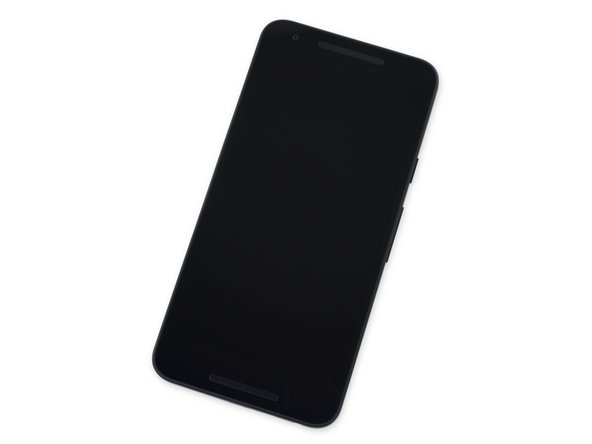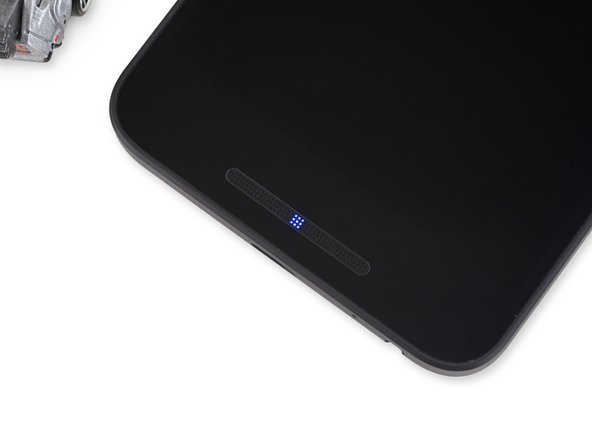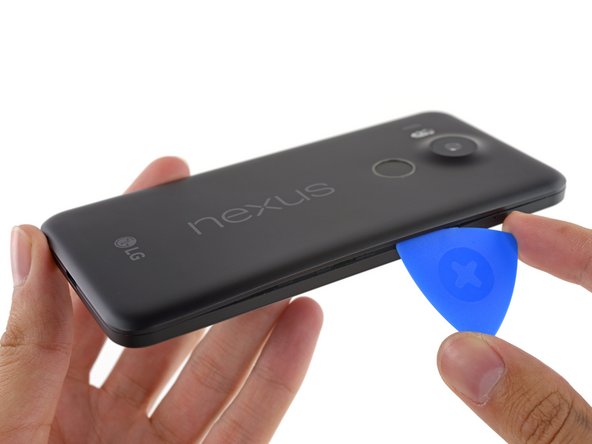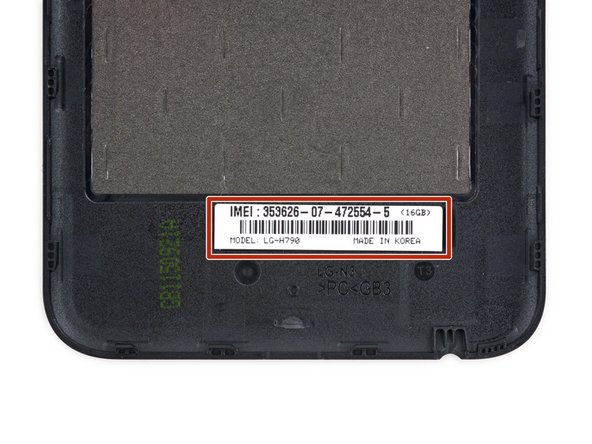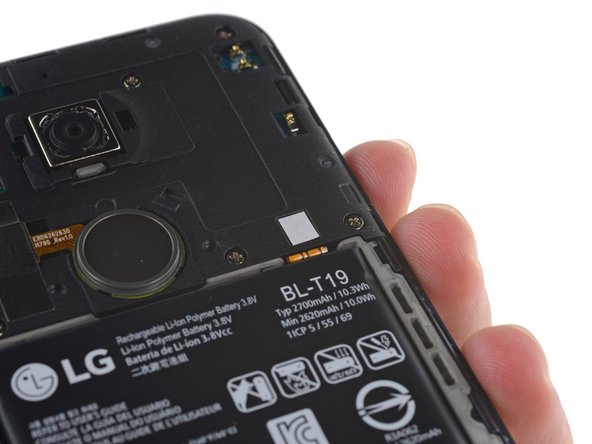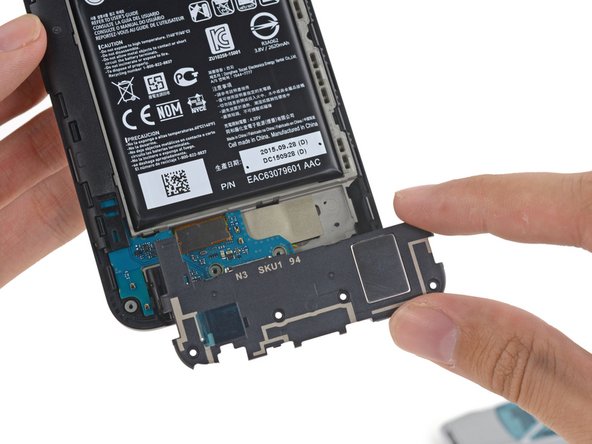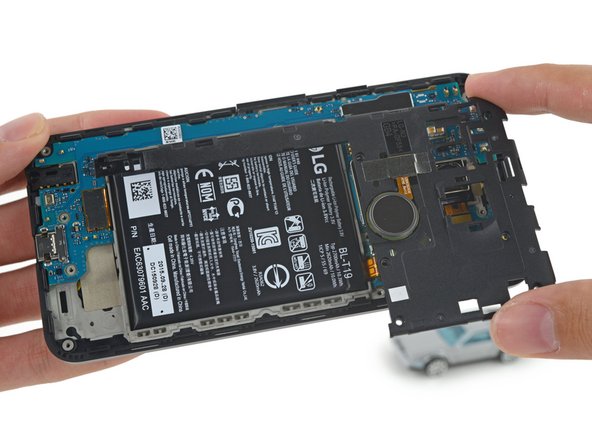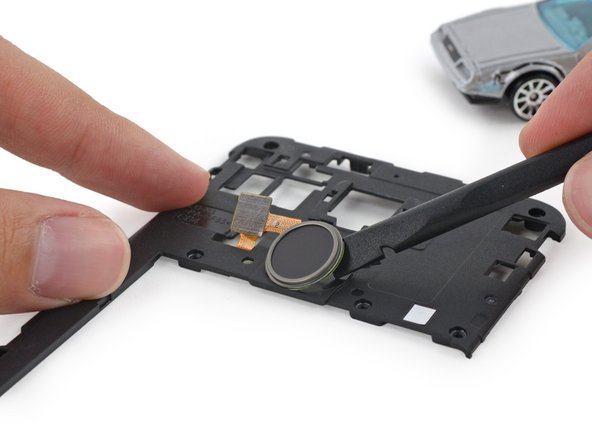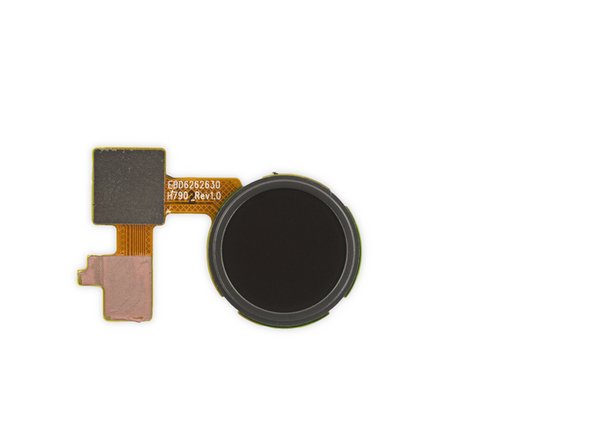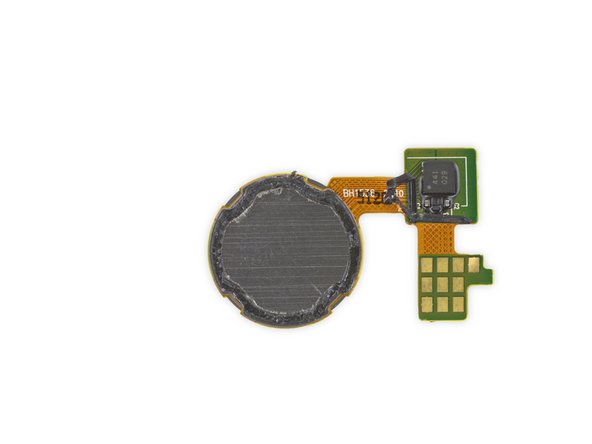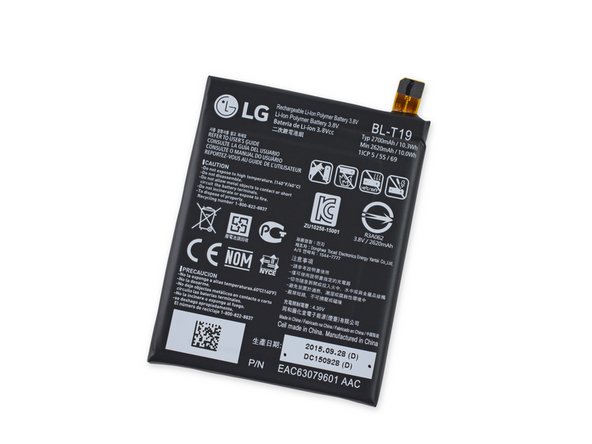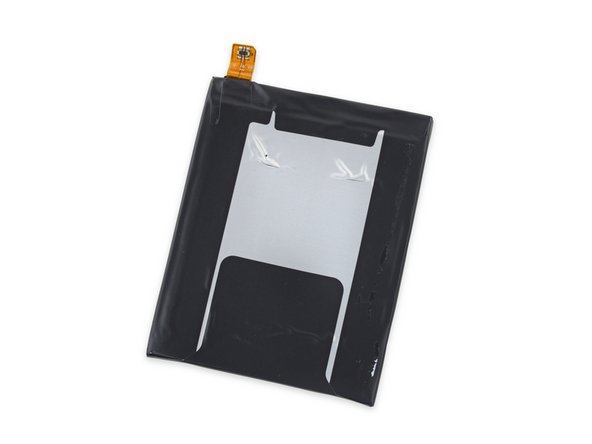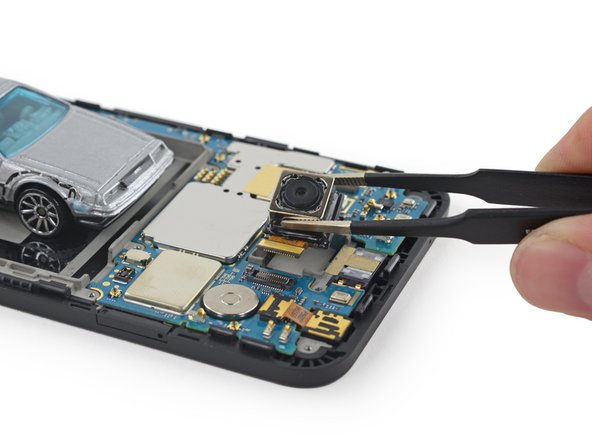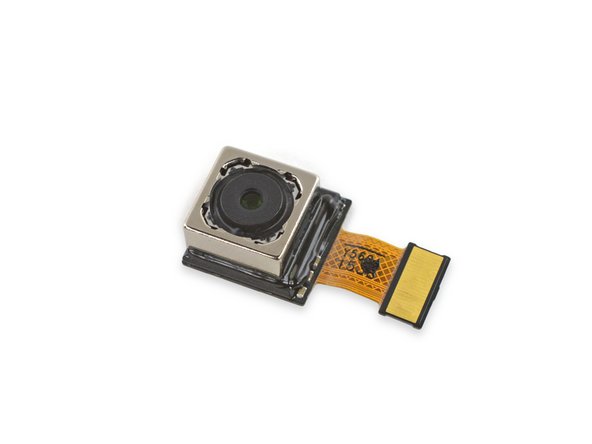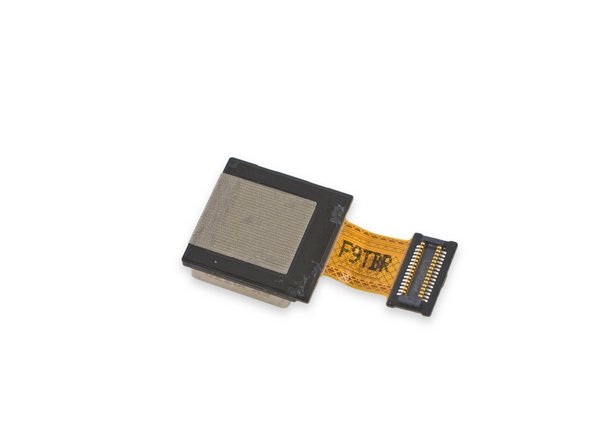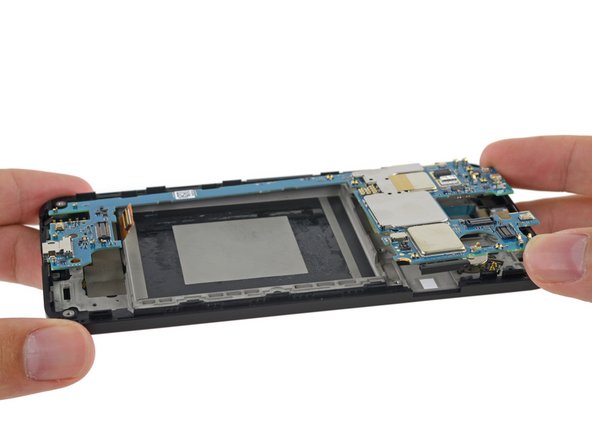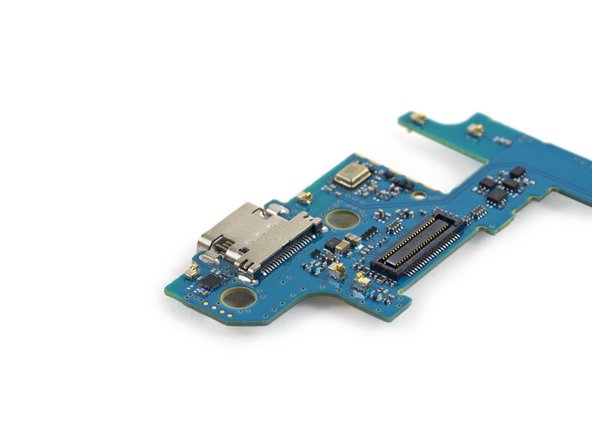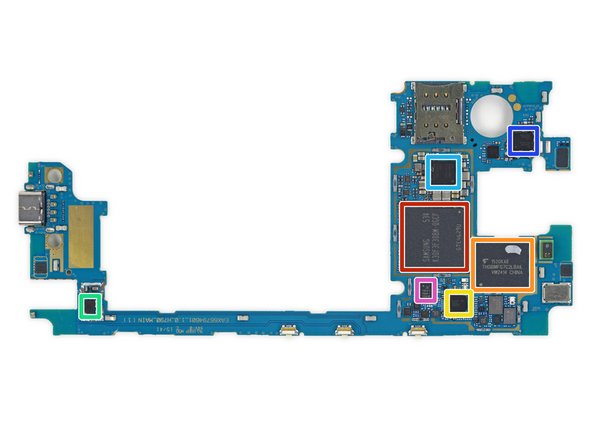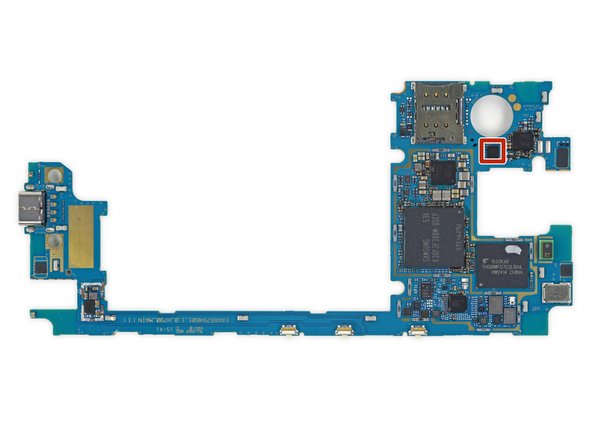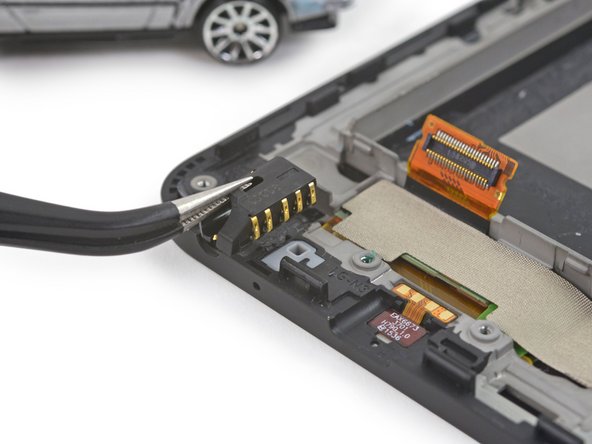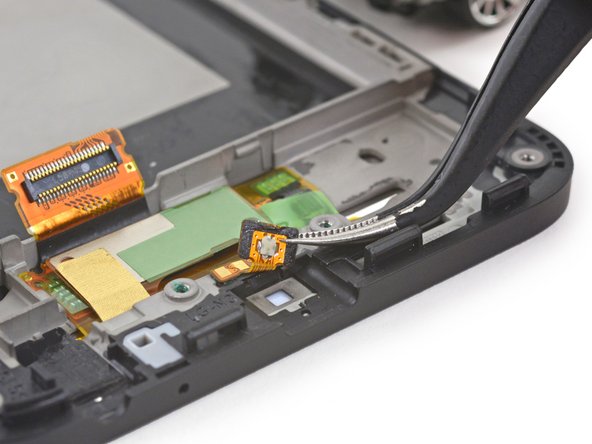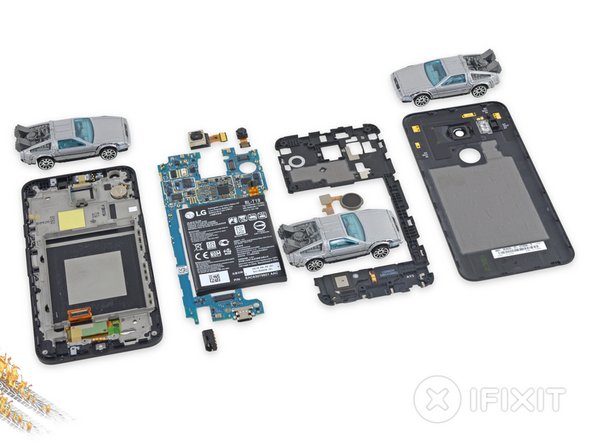News
Nexus 5X Teardown
Date: 02-01-2018 Click: 2947Video Overview
Step 1 Nexus 5X Teardown
Before we shuck the 5X's housing, let's see what it has in store for us:
1.8 GHz Qualcomm Snapdragon 808 hexa-core 64-bit processor with Adreno 418 GPU and Android Sensor Hub
12.3 MP/4K rear camera with laser-assisted autofocus, and 5 MP front-facing camera
2 GB LPDDR3 RAM with 16 GB or 32 GB internal storage
5.2" full HD 1920 × 1080 IPS LCD at 423 ppi
USB Type-C Port with support for fast charging
Nexus Imprint Fingerprint Scanner
Android 6.0 Marshmallow
Step 2
Great Scott! Google's latest Nexus offering sports a reversible USB-C charging port alongside the headphone jack.
However, despite the fancy new look, this USB-C port only supports USB 2.0 transfer speeds—just like the OnePlus 2. Bummer.
What's not a bummer is the increased charging speed (5V/3A) that the USB-C port provides.
The RGB LED notification indicator is hidden away underneath the lower speaker grille making a totally sweet 3x3 notification grid. Too bad it doesn't move...
The rear of the Nexus 5X is home to the all-newNexus Imprint fingerprint reader, 12.3 MP camera, dual flash, and laser rangefinder.
Step 3
Just like its older sibling, the 5X uses clips to secure the rear case to the rest of the phone.
The similarities end there, however, as the adhesive strips found on the Nexus 5's rear case are nowhere to be found in the Nexus 5X.
LG seems to have gotten the message about our feelings on adhesive.
Adhesive? Where we're going, we don't need adhesive.
Step 4
That wasn't so bad! Things are looking up for the 5X as we get our first glimpse at the interior of the phone.
The Wi-Fi, MIMO, and GPS antennae still reside on the rear case, along with the NFC antenna which formerly lived on its own control board. Unfortunately, those super convenient labels from the Nexus 5 have transformed into cryptic codes.
Luckily, this sticker on the inside of the back panel has all the essentials: IMEI, country of origin, and the model number: LG-H790.
Our spirits soared as we spied the 2700 mAh battery sitting in plain view—a removable battery is hard to come by these days.
But alas, it was not to be. The battery connector is squirreled away beneath the midframe, and it's totally inaccessible for now.
Step 5
Our 64 Bit Driver Kit makes short work of the 10 Phillips screws holding the midframe captive.
The midframe comes piecefully (two pieces to be exact):
The lower half contains a few antennas and the phone's front-facing speaker.
The upper half contains the Nexus Imprint fingerprint reader.
Step 6
Piggybacking on the midframe, we find the Touch ID Nexus Imprint fingerprint reader.
Google claims Imprint can recognize a fingerprint in just 600 ms—quick enough to skip the lock screen entirely.
Flipping the Imprint over reveals an unidentified control chip and our favorite, spring contacts! These connectors are much more durable than traditional connectors that snap into place, and they're much easier to work with during repairs. Win win!
Step 7
Some light adhesive secures the battery, but it's nothing that a little spudgering can't handle.
The 5X packs a 3.8 V, 2700 mAh battery—a 400 mAh increase over the Nexus 5.
Again, the pack warns us to avoid feeding the battery to a dog and to resist any urges to cut into it with a screwdriver.
Although the 5X doesn't officially support Quick Charge 2.0, Google claims that USB-C will provide "four hours of use after only ten minutes of charging."
Step 8
Where are we? When are we?
We're almost to the motherboard, but we stop to get a better look at the rear-facing camera.
The 5X's rear camera is packing a Sony IMX377 12.3 MP sensor, that sits behind a ƒ/2.0 lens—a feature common to both the 5X and the 6P.
Unlike previous generations, this new camera doesn't include Optical Image Stabilization.
The Nexus team claims this is no longer necessary, thanks to the increase in pixel size (from 1.4 μm to 1.55 μm).
Step 9
The 5 MP front-facing camera is the last component preventing us from relieving this phone of its motherboard.
So, why don't you make like a tree and get outta here?
Off comes the motherboard, leaving behind the screen and I/O ports... Well, all except the USB-C port. This doesn't look good.
Similar to the LG G4, the USB-C port is soldered to the motherboard—not an easily replaced daughterboard. Unless you know how to microsolder, you'll need to replace the motherboard when the port fails.
Step 10
Much to our disappointment, the motherboardisn't powered by a Mr. Fusion:
Samsung K3QF3F30BM-QGCF 2 GB LPDDR3 RAM, with the Qualcomm Snapdragon 808 layered beneath
Toshiba THGBMFG7C2LBAIL 16 GB eMMC 5.0 Flash Memory
Qualcomm WTR3925 LTE Transceiver (Also found in LG G4/HTC One M9)
Qualcomm SMB1358 Quick Charge 2.0 IC
Qualcomm PMI8994 Power Management IC (Also found in LG G4, HTC One M9, and OnePlus Two)
Qualcomm WCD9330 Audio Codec (Also found in LG G4 and OnePlus Two)
Skyworks 77814-11 power amplifier module for LTE (Also found in OnePlus Two)
Step 11
ST Microelectronics STM32F411CE 32-bit 100 MHz ARM Cortex-M4 RISC microcontroller
Step 12
And on the flip side...
Qualcomm PM8994 Power Management IC
Avago ACPM7800 Quad-band GSM/EDGE and Multi-mode Power Amplifier (as seen in the HTC One M9)
Qualcomm QCA6174 802.11ac Wi-Fi 2x2 MIMO Combo SoC
NXP PN548 NFC Controller
RF Micro Devices RF1149A Routing Switch
Qualcomm QFE1100 Envelope Tracking IC
Avago BFI523
Step 13
The 5X revives an old favorite of ours—the spring contact headphone jack.
Individually replaceable ports like this one simplify repairs and reduce part costs—just the way we like it. Wiggly headphone jacksbeware.
We also take a moment to admire that nifty notification LED and its simple gold contacts. Shiny.
Step 14
Nexus 5X Repairability Score: 7 out of 10 (10 is easiest to repair).
Many components are modular and can be replaced independently.
Standard Phillips screws means a driver is easy to find.
The battery isn't immediately user accessible but isn't too challenging, or too adhered, to replace.
Fused display assembly—glass and LCD will need to be replaced together if one or the other breaks.
All info from: https://www.ifixit.com/Teardown/Nexus+5X+Teardown/51318








